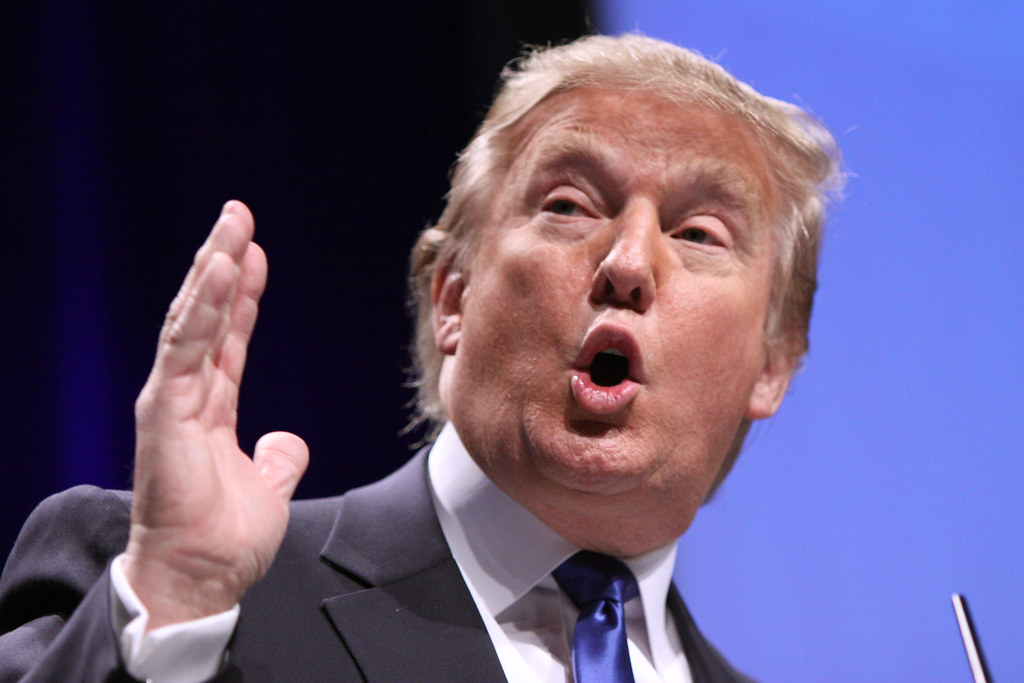Key Takeaways:
- Trump reaction blamed the radical left for Charlie Kirk’s killing.
- He vowed to hunt down groups he labels extremist.
- Critics warn his words deepen political divides.
- Observers note he ignored far-right violence in America.
- Many urge leaders to focus on unity after tragedy.
Trump reaction adds to national divide
When news broke that Charlie Kirk was killed, many waited for comfort from the former president. Instead, he blamed the “radical left.” He said left-wing critics equated Kirk to Nazis and mass murderers. He then claimed that harsh talk led to political terror. Rather than mourn, he warned that his team would track down every group linked to violence. Many viewers felt shocked. They expected sympathy. Instead, they heard another round of blame.
Why Trump reaction worries observers
Some experts say leaders must calm fears when tragedy strikes. They note past presidents offered hope and healing. By contrast, many say the Trump reaction shows he wants to keep anger alive. In the news, the Trump reaction stole the spotlight from calls for unity. It offered blame instead of comfort. As a result, people on both sides grew more anxious. They feared that the next violent act could target them. They worried a political feud could spiral even further into chaos.
Political violence on both sides
Violence has risen across the U.S. recently. White supremacists plotted to kidnap a governor in 2020. Two Minnesota lawmakers faced gunfire at home this summer. A man fired more than 180 shots at CDC headquarters not long ago. He killed a police officer. In New Mexico, someone shot at four Democratic officials in 2022. There was an attempted pipe bombing at a former president’s event in 2018. Supporters of the former president attacked the U.S. Capitol on January 6, 2021. All of them later received prison sentences. Yet the former president pardoned many offenders from that riot. By naming just the left, he ignored half these threats.
The toll of harsh words
Words from top leaders carry huge weight. When they point fingers, supporters may feel justified to act. Research shows that heated rhetoric can fuel real-world violence. Social media buzzed after the Trump reaction. Some users said they felt more afraid. Others said they felt more angry. Polls showed a dip in public trust in peaceful discourse. People of different parties reported fears of physical attacks. Businesses worried about protests turning violent. Schools prepared for angry demonstrations on campus.
Calls for unity after tragedy
In response, many public figures broke ranks to call for peace. A group of governors—Republican and Democratic—jointly issued a statement condemning any attack. They asked Americans to light candles and share kind memories of the victim. Local ministers and activists held interfaith vigils. They spoke of forgiveness and hope. They reminded crowds that violence solves nothing. They urged people to write letters, not brandish weapons. They stressed that a nation heals when citizens treat each other with respect.
The role of presidential tone
Historical leaders offer sharp contrast. President Lincoln pleaded for “malice toward none” after a civil conflict. President Reagan comforted a grieving nation after a space tragedy. President Obama spoke of unity after a church shooting. Each used the power of words to heal. In contrast, the Trump reaction shifted blame and stoked fears. Rather than soothing, it seemed to fan the flames of political anger. Many felt it set a dangerous example for followers.
Moving forward
Americans face a choice. They can let harsh talk drive them apart or seek common ground. Experts suggest encouraging open dialogue with respect. Schools and communities can hold listening sessions to hear all views. Lawmakers could agree on basic rules for political speech. Media outlets might highlight stories of cooperation over conflict. Above all, leaders must model the behavior they want. They must apologize for harm and promise restraint. They must focus more on unity than on attack lines.
Only a shared commitment to listening and empathy can curb the spiral of violence. Every public figure, from mayors to former presidents, should ask: “How can I help bring people together?” It is time to turn down the heat and rebuild trust in one another.
FAQs
What did the former president say after Charlie Kirk’s assassination?
He blamed the “radical left” for hateful rhetoric and promised to target groups he calls extremist. Many felt he focused on blame instead of comfort.
Have critics noted other acts of political violence?
Yes. They point to white supremacist plots, shootings at politicians’ homes, the CDC headquarters attack, and the Capitol riot. They say violence has come from both extremes.
Why do experts stress presidential tone after tragedy?
They say words from top leaders shape public mood. A calming tone can unite people, while harsh words can fuel fear and anger.
What can citizens do to reduce political violence?
They can promote respectful dialogue, support bipartisan statements for peace, join community listening sessions, and urge leaders to focus on unity.
